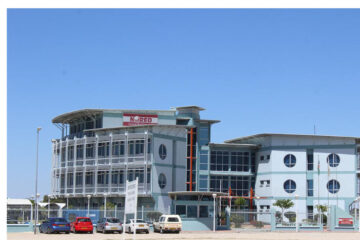Niël Terblanché
After being approved by the Namibian Cabinet, the Ministry of Fisheries and Marine Resources has issued a quota for the harvesting of 80 000 Cape fur seal pups and 6 000 bulls this year.
The seal culling – a harvest will be done onshore to control the ever-increasing population numbers of the marine animals along Namibia’s coastline – is set to begin on 1 July.
According to the fisheries ministry, the seal population currently stands at 1.6 million animals and is made up of 26 colonies.
Studies commissioned by the fisheries ministry have shown that seals can consume up to 2 million tons of fish per year.
The annual harvest has in the past, been submerged in controversy because of the methods used in the culling of seals. Pups are clubbed over the head, while the bigger bulls are shot with rifles.
The culling method has raised ethical concerns among environmentalists, but authorities say the population must be thinned to maintain fish stocks in the ocean.
Environmentalists, on the other side of the coin, maintain that overfishing in Namibian waters is the cause of dwindling fish stocks.
Romeo Muyunda, the spokesperson of the Ministry of Environment, Forestry and Toursims, said that if the seal population is allowed to grow unabated will have detrimental effects on the ecosystem.
“We don’t want it to get to that level. The population needs to be maintained at a level that the ecosystem can support,” he said.
After being culled, the animals are processed to produce a variety of commercial products that are sold on local and international markets.
Seal products include skins, protein powder, oil, and dried meat.
Namibian seal products are exported to markets in Asia.




